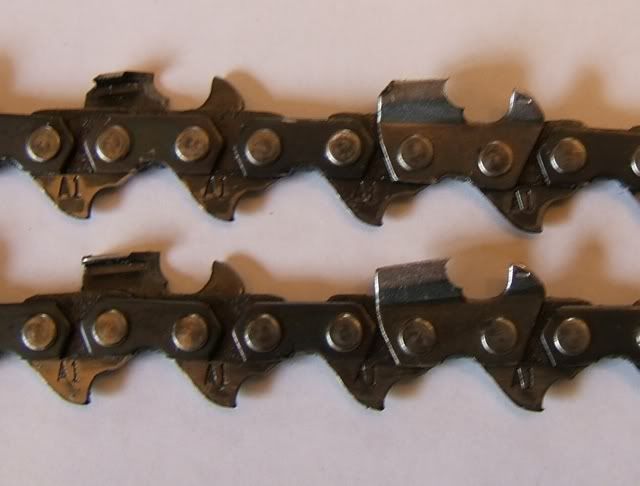SmokinDodge
Powered by Cummins
With a rather large number of members recently getting grinders I was wondering what kind of angles everyone was using to grind and what they are cutting. Not intended to be a heated debate, just discussion.
I'm using 30 degree top plate, 55 degree back angle with the 10 degree tilt on the vice for the frozen Red Oak and Ash I'm cutting on Stihl semi chisel. These angles seem to hold up well but I'm getting ready to try more of a 60 degree for less hook.

I'm using 30 degree top plate, 55 degree back angle with the 10 degree tilt on the vice for the frozen Red Oak and Ash I'm cutting on Stihl semi chisel. These angles seem to hold up well but I'm getting ready to try more of a 60 degree for less hook.



























































